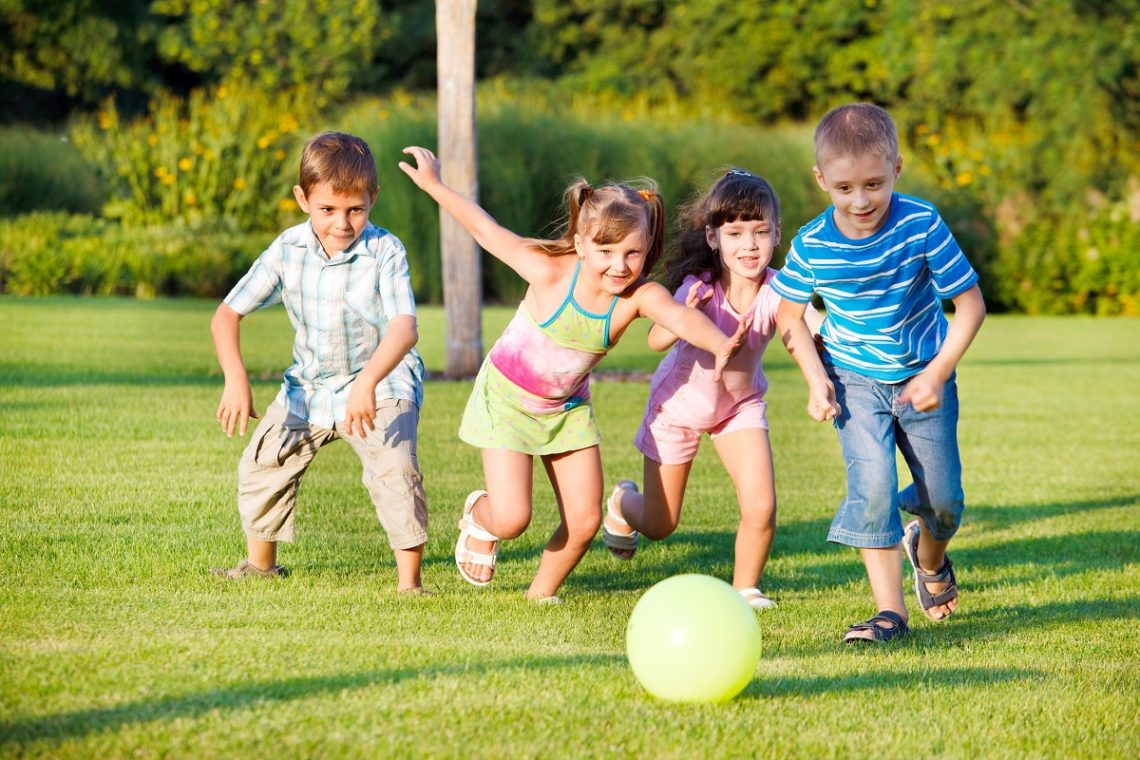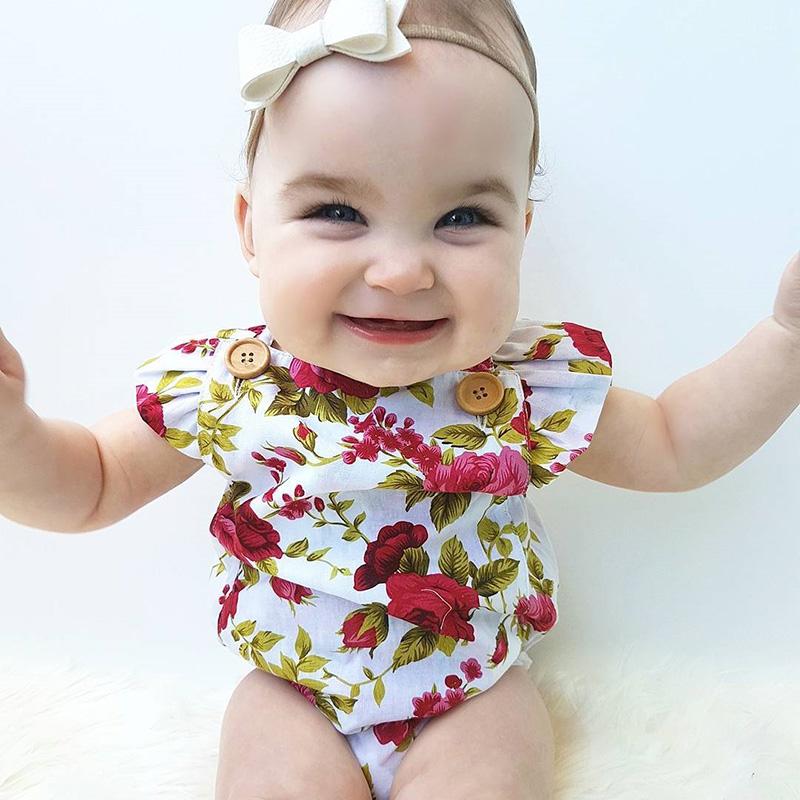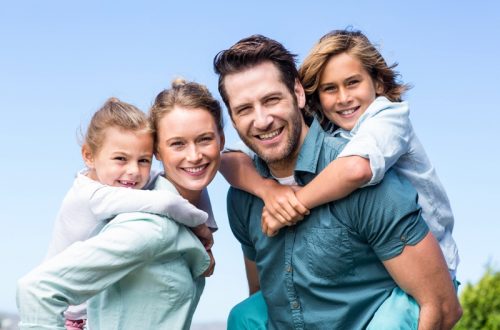Looking to have your child calm down and revel in their surroundings, allow them to feel relax and focused? Then practicing mindfulness may be the solution you are interested in! Kids going at full speed and finding it hard to keep up? Mindfulness activities for kids just may be the exercise they need to find calm, reflection, and focus.
Every parent wants their children to be healthy, happy, and wise.
- Healthy in mind and body
- Happy in spirit
- And wise in how they handle the tough things life throws at them
While encouraging behaviors like eating nutritious foods, getting plenty of exercises, and keeping love in the house are all essential for helping your children achieve these goals, there’s a very important factor that parents often miss: teaching mindfulness.
If you can help your children become more mindful, you are giving them a lifelong surprise that won’t expire.
Teaching mindfulness to adults is often done through explaining, literature, and mindfulness training. For kids, it’s a little different. To instruct mindfulness to children, it’s easier to use fun kids’ activities, arts and crafts, and game ideas. This is undoubtedly the easiest way to incorporate mindfulness into their life.
The good news is you don’t have to get this to your full-time job. Even performing a simple art drawing with your children can cultivate mindfulness. Arts and crafts are a few of the most accessible mindfulness activities for kids and are highly recommended for regular practice.
WHY IS MINDFULNESS IMPORTANT FOR KIDS?
Mindfulness teaches a variety of things to kids:
- How to ride out strong thoughts or “surf them” like waves bringing emotional intelligence to their life
- How to give attention to just one thing, pay attention, and be present in the now.
- How to have self-control
- How to communicate more effectively
- How to differentiate thinking and feeling
- How to enjoy the present moment
- How to breathe better
- How to improve their social skills, rendering it easier for them to socialize and improve their self-confidence
- How to practice self regulation
MINDFUL BREATHING FOR KIDS
Unlike adults, children have very little in their lives they can be responsible for with absolute awareness. They are really told when to eat, what to eat, and what they can and cannot do. Teaching children to concentrate on their breathing allows them to have complete control over one (vital) aspect of their lives. Deep inhaling is also essential because it’s the key to self regulation, emotional learning, and attending to. Say, for example, which a child’s friend has just embarrassed them. Often, in a situation similar to this, the embarrassed child’s feelings are certainly not even ones they can identify. Alternatively, they could have such a range of emotions that they cannot sort or know what they are truly feeling to begin with.
It is crucial that the child can at least control and give attention to their breath in any case. Finally, the capability to control breathinging will strengthen all of the respiratory system muscles, especially the diaphragm muscle. The diaphragm acts as a pump to boost circulation and flush out toxins. Breathing work also teaches ribs mobility and chest expansion, helping with activities such as swimming, singing, and playing a musical instrument. Finally, slow handled breathing activates the parasympathetic nervous system or the relaxation response. This response helps significantly with digestion, sleep, anxiety, and even more.
MINDFULNESS EXERCISES FOR KIDS
Depending on age group, there are multiple ways to instruct children mindfulness. Choosing an age appropriate practice to introduce mindfulness in child’s life is essential – take something simple, and they will get easily bored, and vice versa.
Let’s commence with something available for young children – those who don’t go to school yet but already are creating a sense of awareness at the nursery or kindergarten. The following exercises will help your infant have a joyful, happy life experience from very start.
MINDFUL POSING
Think of poses that make them feel free, strong, empowered, happy, supported, and brave. Consider superhero figures like Spiderman or Wonder Woman or any other empowering cartoon characters a kid likes. Then, replicate the poses to embody the same bravery, confidence, and strength traits these superheroes possess. Ask a kid that they feel afterward.
MINDFUL STORYTELLING WALKS
Turn your afternoon stroll into an adventure. Instead of mindlessly walking or running around the park, invite your son or daughter to be attentive this time and create stories around simple objects – a rock, a tree, your dog. This exercise strengthens the feeling of “present” and awareness and, at the same time, boosts imagination and imagination.
You can look into more traditional mindfulness exercises such as body scan, deep breath practice, mindful awareness meditation, and even more for teenagers. These and more are the tools your teenager or young adult will take into the classroom and use to manage stress, promote a growth mindset, and process emotions.
MINDFULNESS MEDITATION FOR KIDS
When you teach mindfulness to children, you permit them to own happier, emotionally and physically healthier life because they build resilience that can withstand modern life stressors in healthy ways. Mindfulness meditation, in essence, is around becoming more aware of the present. We usually imagine this person sitting in stillness for most minutes or even hours when we think about meditation. This stereotypical method of meditation might not work well with kids – even with fewer distractions, you will have a tough time making them remain quiet.
In general, we suggest starting with the mindfulness exercises described above before getting into meditation practice. Although a lot of kids understand the idea of mindfulness meditation exercises, it might be challenging for them to hook up with practice truly.






